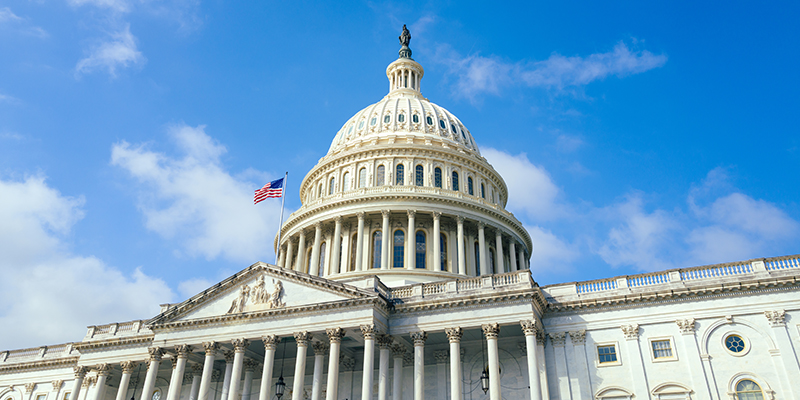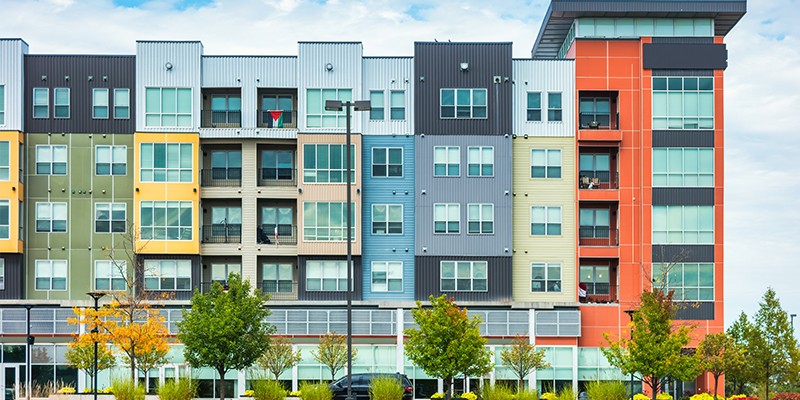By Toby Burke
State lawmakers have started to return to their respective state capitols to begin the lawmaking process following the 2024 election. While the election resulted in a few shifts of political control in some chambers between Republicans and Democrats, the “status quo” was essentially maintained according to the National Conference of State Legislatures. This would imply a more a predictable and business-as-usual session within state capitols on the issues with one exception: the return of President-elect Trump to Washington, D.C.
Trump and his allies on Capitol Hill have pledged to cut government bureaucracy, lower government spending and restructure the federal government. This initiative includes less federal oversight of public health and education, including the closure of the U.S. Department of Education, a reduced federal workforce and ending many environmental regulations enacted under the Biden Administration. The unofficial “Department of Government Efficiency” led by Elon Musk and Vivek Ramaswamy has been tasked with identifying opportunities to achieve this through either executive order or federal legislation.
The implementation of these federal reforms will impact the intergovernmental relationship between the states and the federal government in providing government services and programs. For example, less federal funds for public education and health care, such as Medicaid, will place greater responsibility on the states for either maintaining, reducing or eliminating these federally supported programs. On the other hand, state legislatures will also now have an opportunity to individually structure and fund these programs according to their state and their needs.
State legislatures will also have to take into consideration the economic and budgetary effect of proposed tariffs on goods from Canada, China and Mexico. The Congressional Budget Office forecasts an “upward pressure on inflation” and potential retaliatory measures from these tariffs in a recent letter to Senate leaders. State governments are not immune from inflation and will have to consider the impact of these tariffs and potential trade wars on both revenues and expenditures in adopting balanced budgets later this year.
Notwithstanding inflation, the adoption of a balanced budget for fiscal year 2026 may be a challenge in some states. The one-time infusion of federal funds under the American Rescue Plan of 2021 is coming to an end. States will be making budgetary decisions to compensate for less federal funds under the act when ensuring state revenues and expenditures are aligned. These budgetary decisions may include the generation of additional revenue through tax and fee increases on commercial real estate and the private sector.
Many national organizations, particular with progressive and environmental agendas, are expected to continue bypassing the challenges in Washington, D.C., and focus resources on state legislatures in achieving policy objectives following the Tenth Amendment. Sometimes referred to as the States’ Rights Doctrine, the Tenth Amendment provides the right for states to take action and adopt policies that do not conflict with specific powers provided to the federal government under the constitution.
The focus for many of these organizations is expected to be the enactment of legislation to reduce greenhouse gas emissions through building and transportation electrification. State electrification mandates will have a profound impact on the commercial real estate industry and development. Policymakers need to ensure that balanced, sustainable and economically viable approaches are enacted.
The building and transportation electrification debate, along with the broader surge in demand for electricity from both the commercial and residential sectors, has revealed the limited capacity of utilities to meet future demand. States leaders are increasingly acknowledging the growing need for states to address these limitations by enacting energy policies to support increased generation, transmission and distribution of electricity.
State lawmakers will be busy this year in debating and enacting legislation to these and other issues impacting commercial development and real estate. NAIOP chapters and its members need to be engaged in the legislative process so that policy outcomes are economically and technically feasible.








